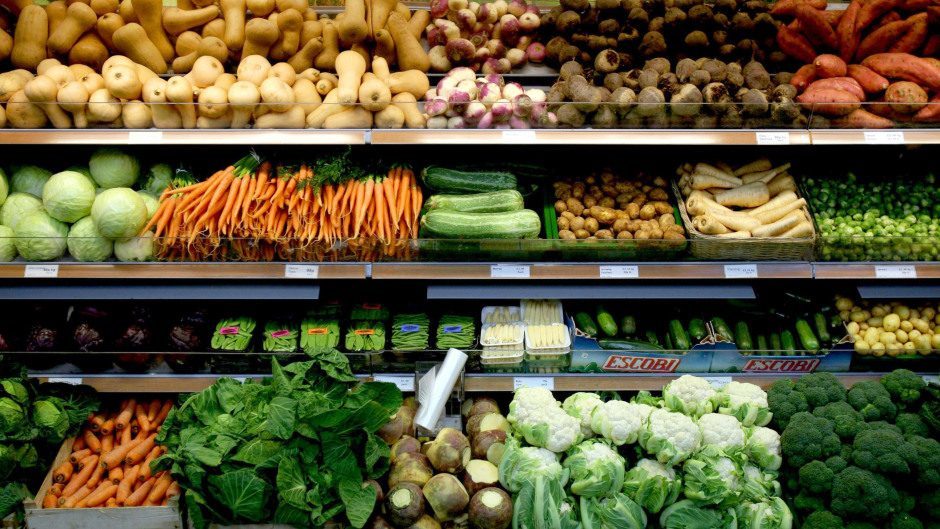Kids and vegetables have never quite seen eye to eye.
Most parents will have experienced their child hurtling a fistful of carrots across the room at least once, or have watched in dismay as the peas are simply pushed around the plate.
In my case, I witnessed both of the above day in, day out, with my eldest child only eating broccoli – I know, broccoli! – and my youngest, peas and sweetcorn. And as I reveal in the vlog below, you could have bowled me over with a cabbage when, at a children’s birthday party, another parent congratulated me on my boys’ good eating habits. I followed her finger as she pointed towards the buffet table to witness – to my absolute astonishment – my sons munching their through a tray of raw vegetables.
It was a turning point in a long, hard-fought battle in which I was frequently the loser. In this video I also share the potato mash recipe that packs a nutritional punch thanks to a secret ingredient. I won’t tell if you don’t.
More tips for ‘fussy eaters’
The website, parentclub.scot, has a helpful section with tips on how to encourage kids to eat a better diet along with easy and inexpensive recipes.
Picnic Plates
Chief among the suggestions is to take the tension out of meal times by giving your child a ‘picnic plate’ with a choice of fruit, veg, cheese and meats to encourage them to try new things – very similar to the game-changing experience my sons had at the buffet table!
Sneak them in
My long-cherished tactic of sneaking vegetables into blended pasta sauces and soups also features on the Parent Club site – and there’s nothing more pleasing than watching your kids merrily chomp through a bowl of ‘tomato pasta’ without realising they’ve also been enjoying the courgettes they tell you they hate so much.
In the video I show you how to make my ‘secret potato and cauliflower mash‘. If you want to try it for yourself, here’s a quick reminder of the measures and method.
- 3 large potatoes cut into equal sizes, boiled until soft
- Half a cauliflower divided into florets and steamed for under 10 minutes until you can put a fork through the base
Once cooked, put both the potato and the cauliflower into the food mixture, add about 1 tbsp of butter and a splash of milk and season to taste before blending until smooth.
Pick your own
Allowing kids to pick their own vegetables in the supermarket also features in the list of tips – a nice way of making shopping more interesting, and giving them control over the foods that are put in front of them.
Fun shapes
Cutting food into fun shapes is another winning tip – and one we recently featured when we interviewed mums who have conquered mealtimes by serving up brightly-coloured dishes that are a feast for the eyes as well as the tastebuds.
The official advice on children’s diets
According to the NHS Inform website the official advice for children, as it is for adults, is to eat a minimum of five portions of fruit and vegetables each day.
Potatoes don’t count towards your five a day because they’re a starchy vegetable and a source of carbohydrate.
A portion of fruit and vegetables is considered to be 80g, equal to an apple, orange or other similar-sized fruit. For vegetables that’s equivalent to three heaped tablespoons, or a dessert-bowl of salad.
If you’re offering your child smoothies, remember they are often high in sugar and don’t contain as much fibre as whole fruit and veg. They can also lead to tooth decay so they should be kept to meal times and ideally followed with water.
It’s important to eat fruit and vegetables as a source of vitamins, minerals and plant fibre which plays a vital role in gut and digestive health and overall wellbeing.
Read more on healthy eating for kids
Bib gourmands! The Insta mothers taking weaning to new levels
More from the Food Vlog:
